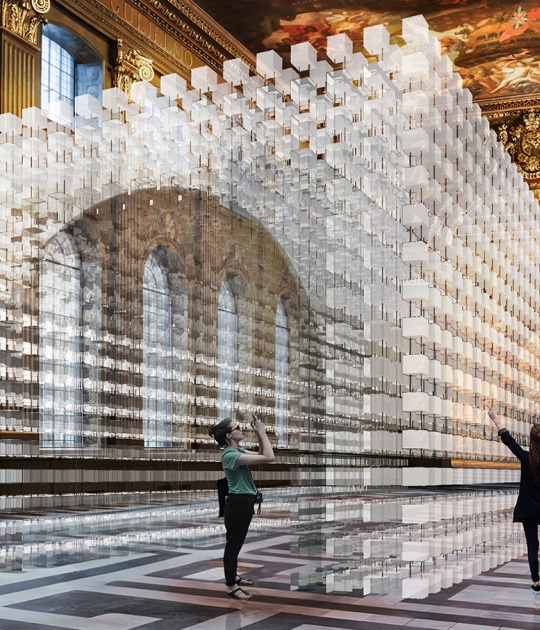The existing building built along a trunk road in a suburban city, had been converted by them from a jewelry shop into the hairdressers 7 years ago. This time the client asked them to extend the floor area and change the façade to a more inviting design. Therefore they designed the extension by introducing a subtle element, which works in the same way as a veil changes a person's facial expression.
In a time when the extended usage of the existing building stock has become an important aspect of the design practice, a thorough observation, insight and imagination, in respect to the existing conditions and possibilities, is needed when designing an extension or renovation, even more so than is required for the design of a new building. Above all, rather than just simply designing objects, it has become desirable to integrate into the design, newly created relations in response to the existing site conditions. They expressed such relations by creating architecture, layered like a millefeuille, with numerous folds effectively creating variety. The veil-like facade of the folded polycarbonate plate, curtain, and the ceiling form in layers and folds create dynamic shadow and reflection play.
Architect: Takehiko Nez Architects.
Team: Structure: ASA. Electrics: EOS plus. Services: Comodo.
Contractor: M’s-A.
Completion: November 2010.
Site area: 710.73m². Gross floor area: 267.24m² (extension 86.00m²).
Location: Yamanashi, Japan.





























